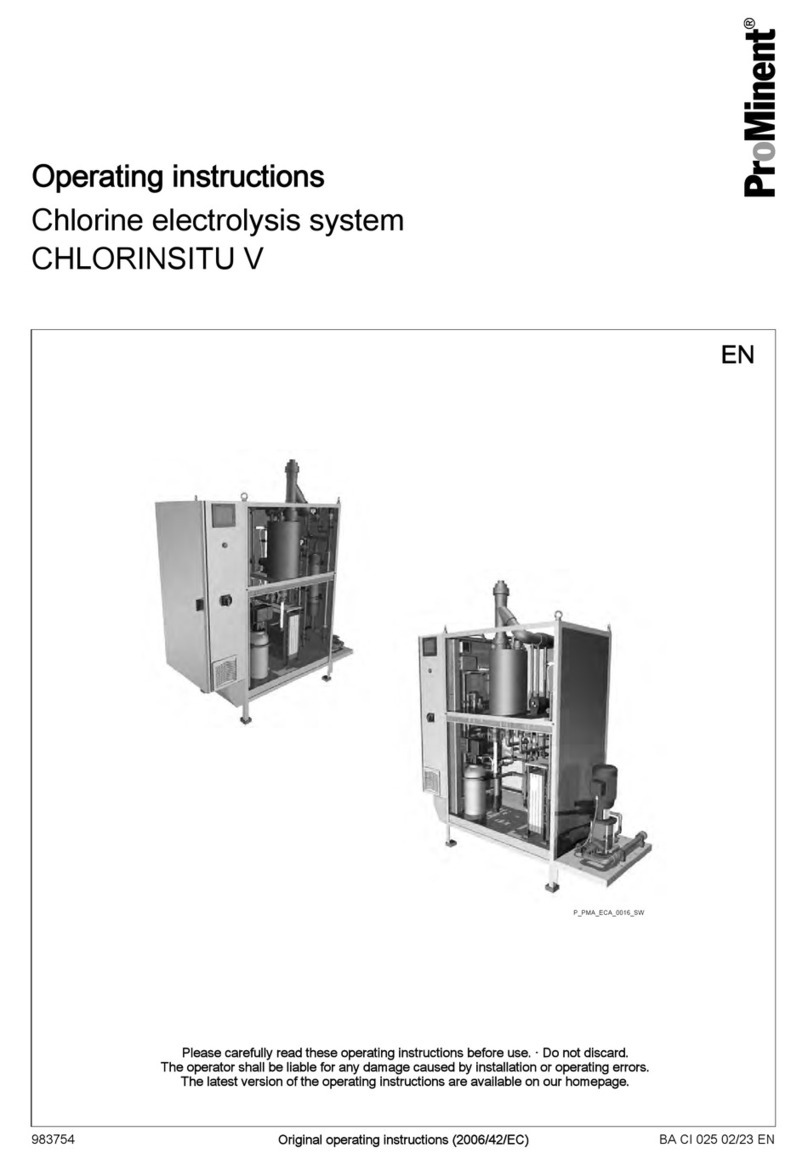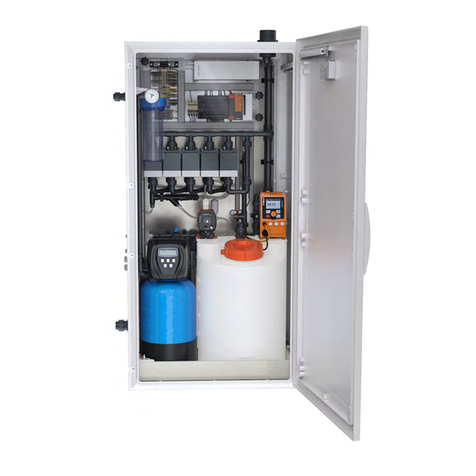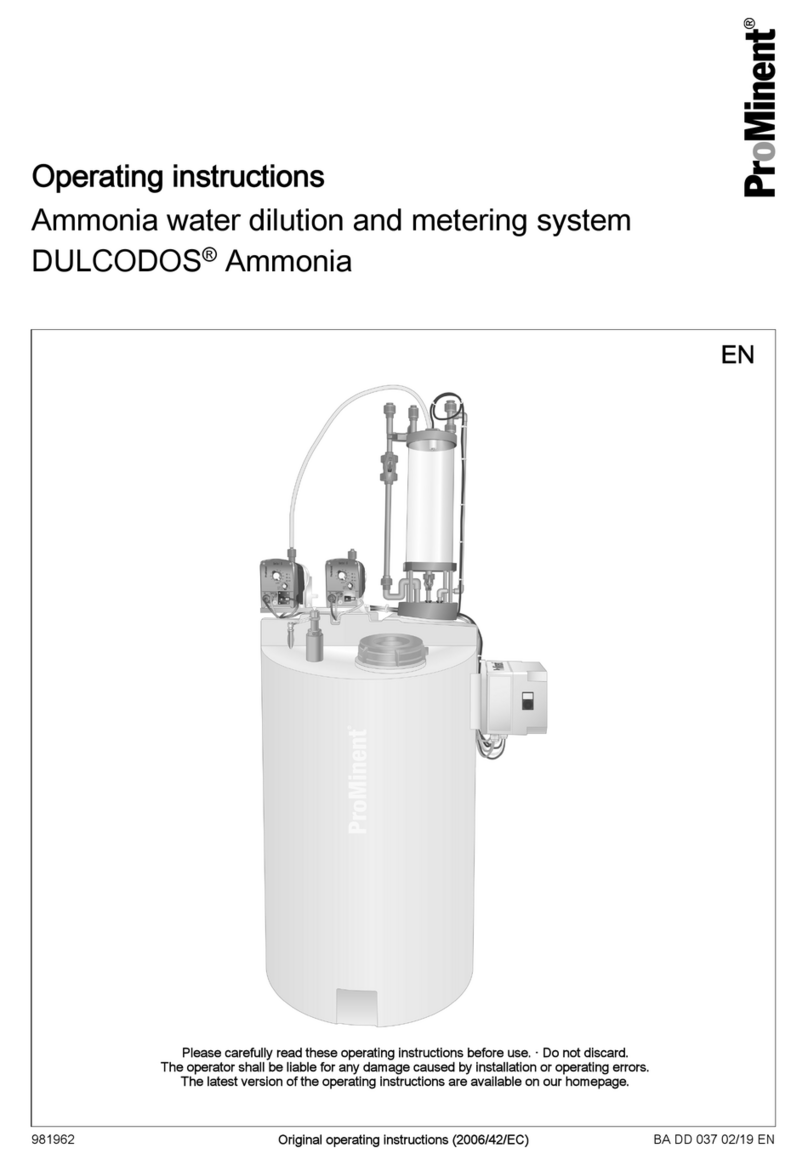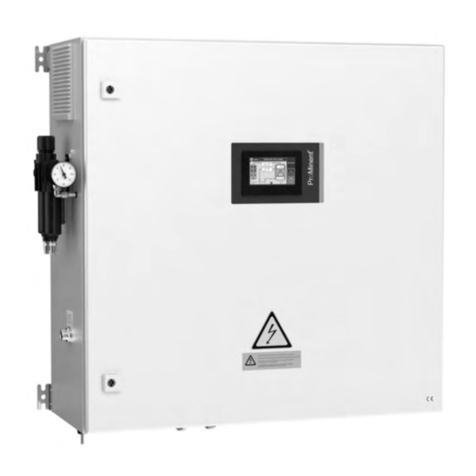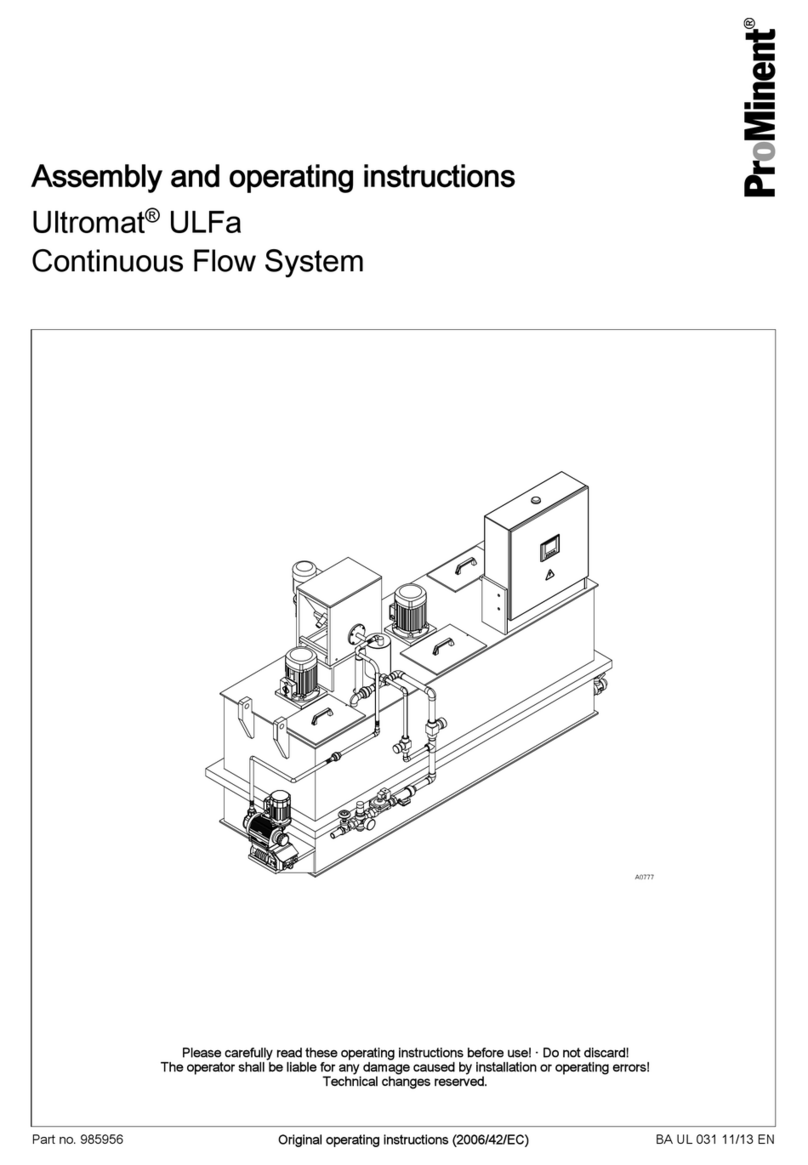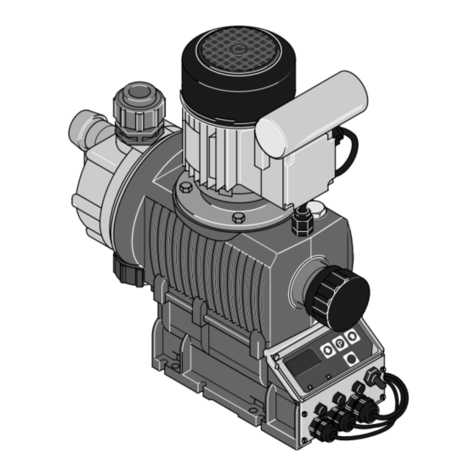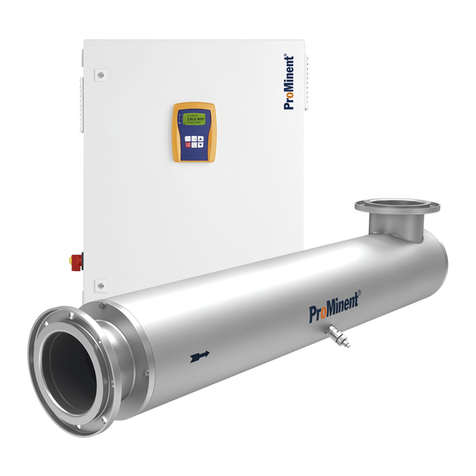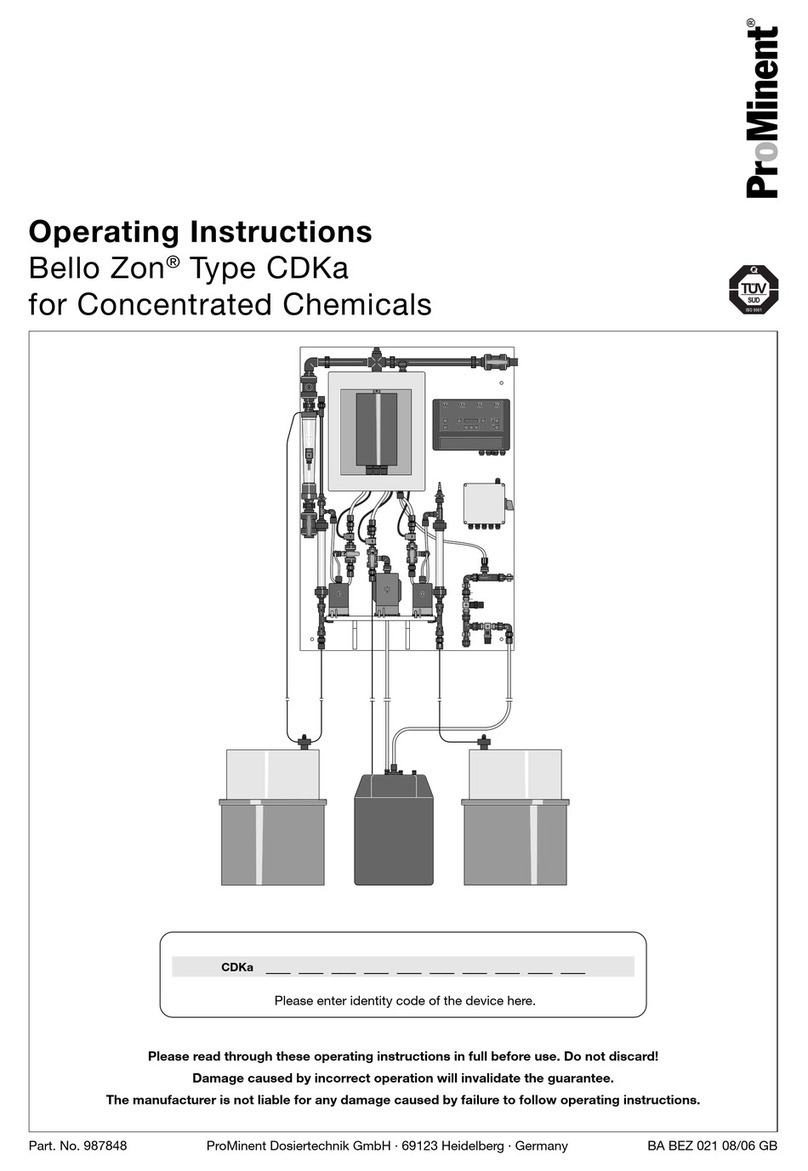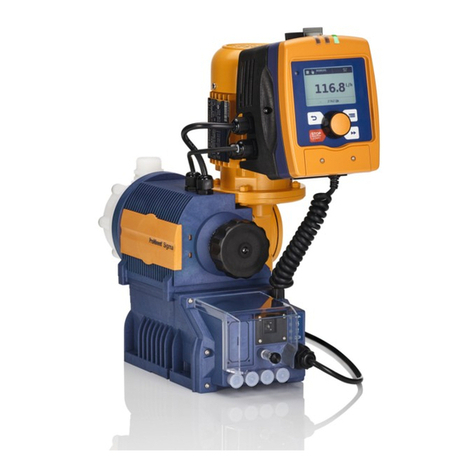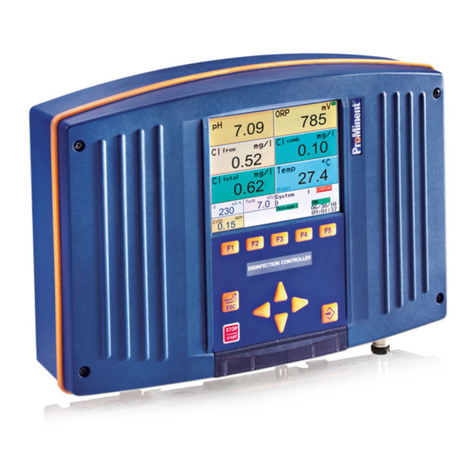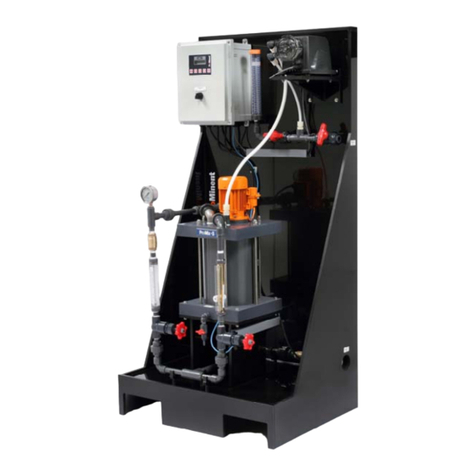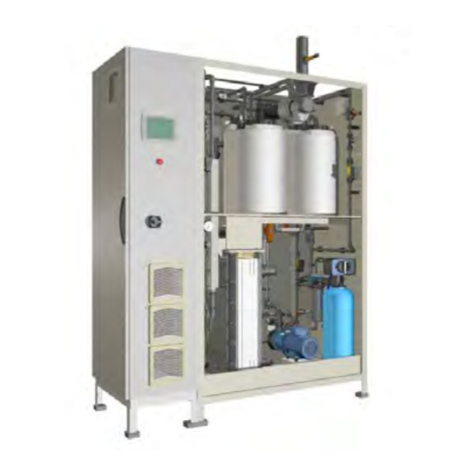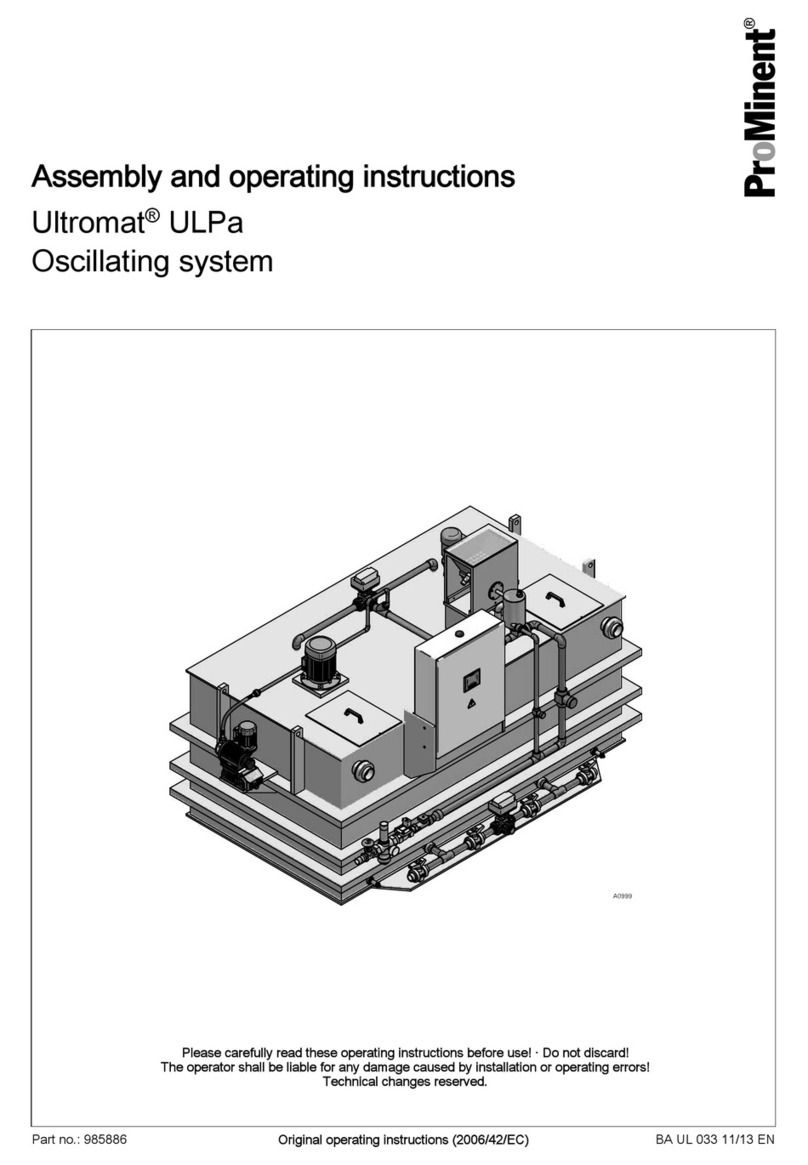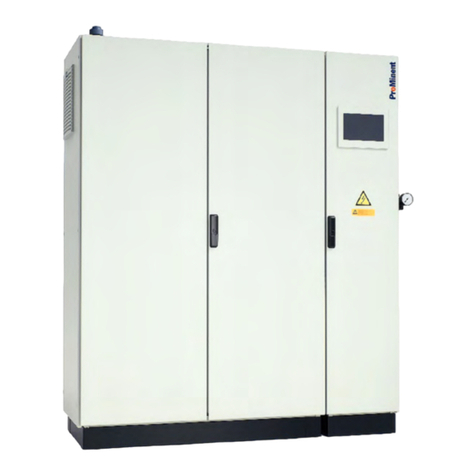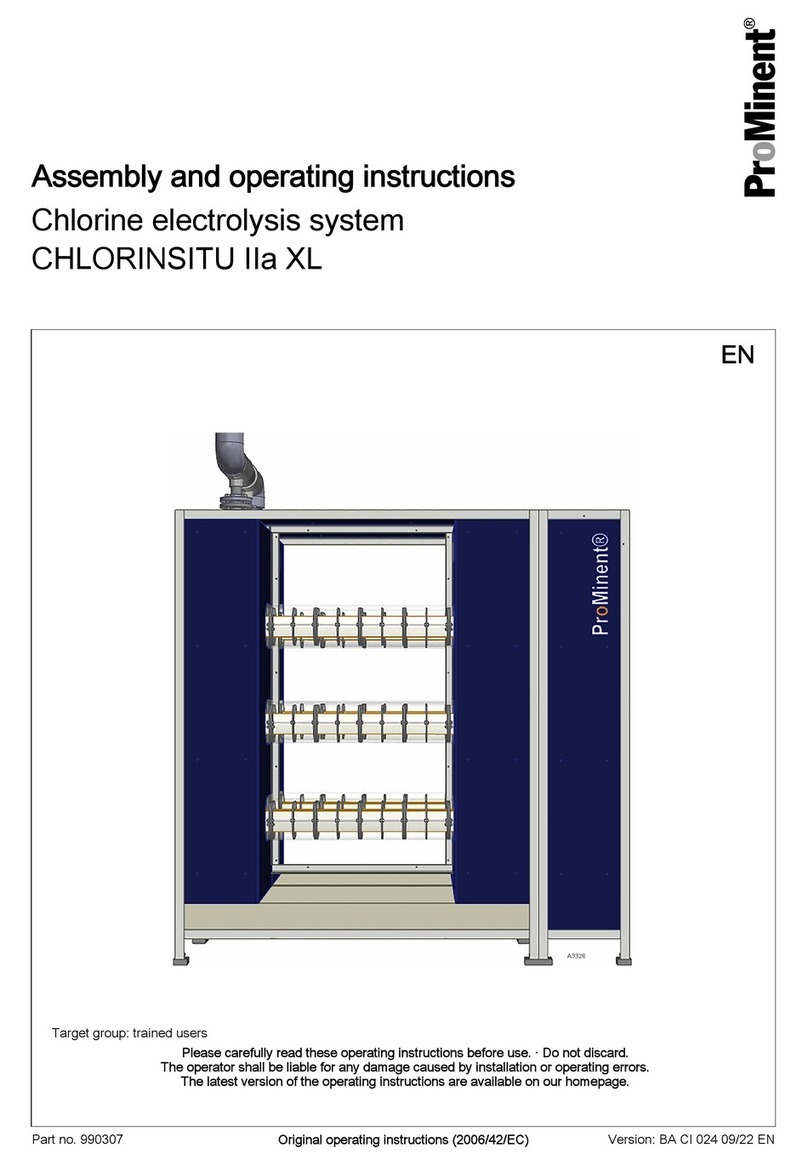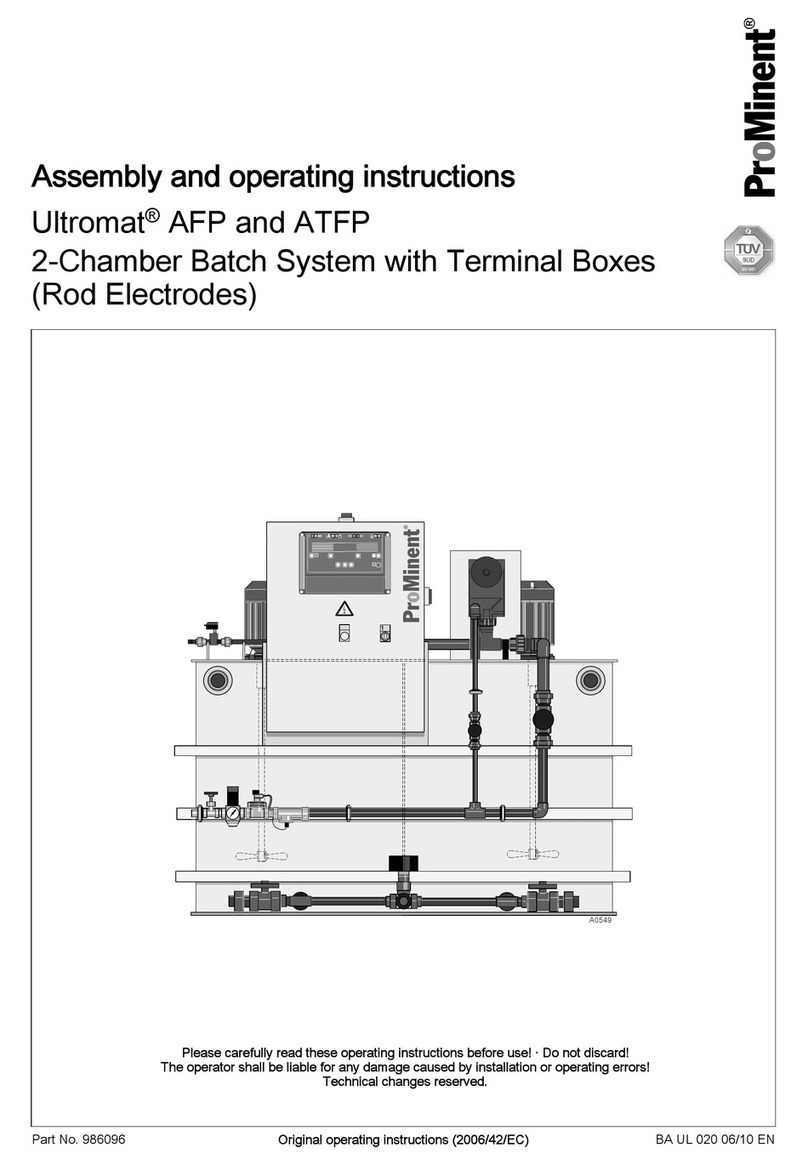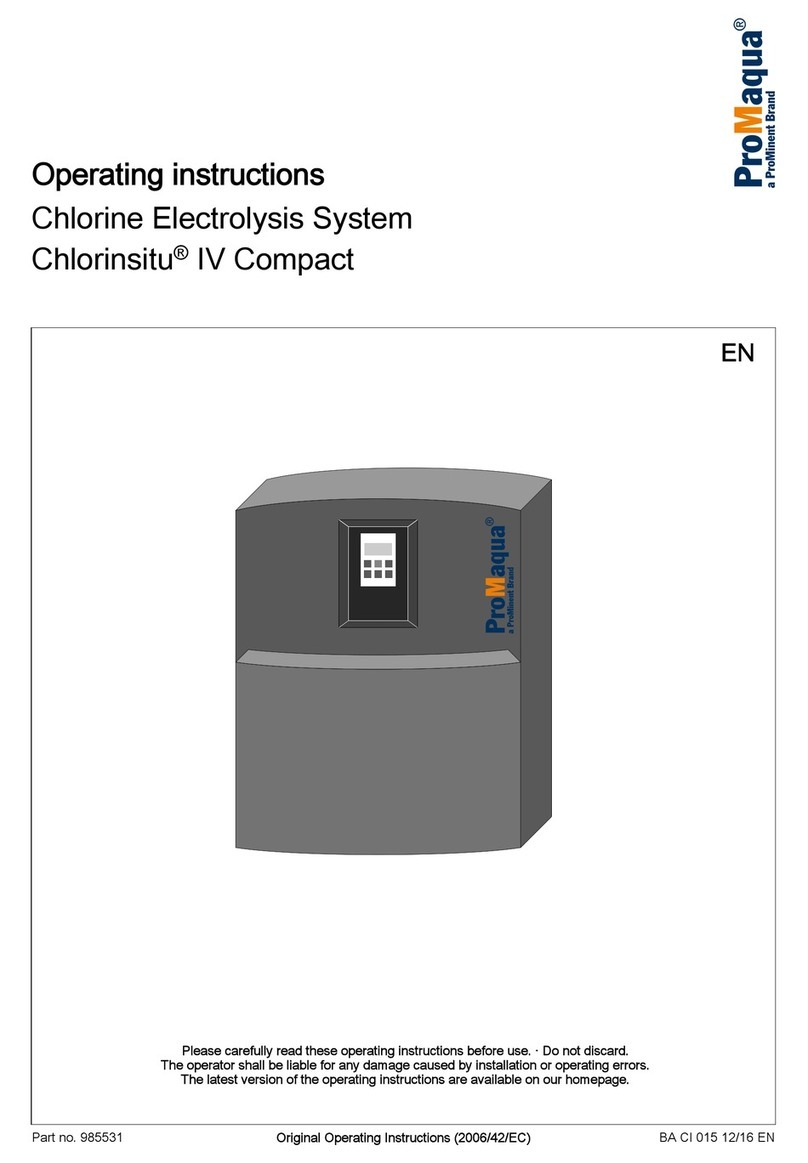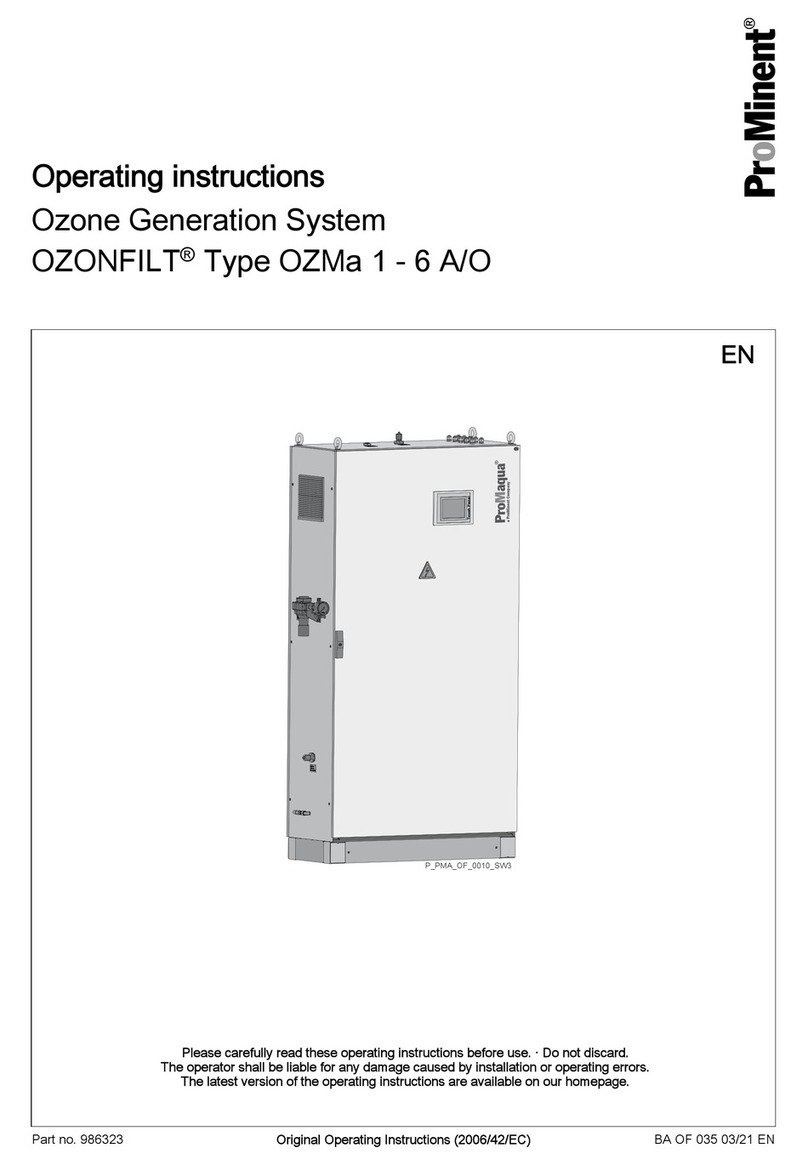
ProMinent®Page 3
Table of Contents
Page
General user guidelines .............................................................................................................. 6
AInstructions for regulation use ......................................................................................... 7
BObligations of the user .................................................................................................... 7
CInstructions for introducing operators to ozone generating system ............................... 7
D Information on general safety .......................................................................................... 8
E Emissions ........................................................................................................................ 10
FTerms and abbreviations used ........................................................................................ 10
1Introduction .................................................................................................................... 11
1.1 Ozone .............................................................................................................................. 11
1.1.1 Properties of ozone ............................................................................................. 11
1.1.2. Generation .......................................................................................................... 11
1.2 Definition of terms ........................................................................................................... 12
1.2.1 Ozone system ..................................................................................................... 12
1.2.2 Ozone generating system ................................................................................... 12
1.2.2.1 Ozone generator ................................................................................................. 12
1.2.2.2 Ozone generating element .................................................................................. 12
1.2.3 Mixing station ...................................................................................................... 12
1.2.4 Reaction tank ...................................................................................................... 12
1.2.5 Removal system for residual ozone .................................................................... 12
1.2.6 Partial-vacuum system ....................................................................................... 12
1.3 Functional description of ozone generation .................................................................... 12
2 Construction of a Bono Zon®ozone generating system ........................................... 13
2.1 General series structure .................................................................................................. 13
2.2 The air drying system ...................................................................................................... 14
2.2.1 Starting regeneration - manual ........................................................................... 14
2.2.2 Pausing regeneration .......................................................................................... 14
2.2.3 Starting regeneration after manual interruption .................................................. 15
2.3 Ozone generation ............................................................................................................ 15
2.3.1 Cooling water ...................................................................................................... 15
2.3.2 Air flow meter ...................................................................................................... 15
2.4 Electrical part of system .................................................................................................. 16
2.4.1 Control ................................................................................................................ 16
2.5 Setting of ozone generation ............................................................................................ 16
2.5.1 Manual setting of ozone generation (for Type BONa xx xSx-...) ......................... 16
2.5.2 Automatic setting (for Type BONa xx xRx-...) ..................................................... 16
2.5.2.1 Manual setting (condition as delivered) .............................................................. 16
2.5.2.2 Ozone metering proportional to the input signal
(e.g. flow-proportional ozone metering) .............................................................. 17
2.5.2.3 Controlled ozone metering.................................................................................. 17
2.5.2.4 Interval function .................................................................................................. 17
2.6 High voltage transformer ................................................................................................. 18
2.7 Indicators during operation ............................................................................................. 18

